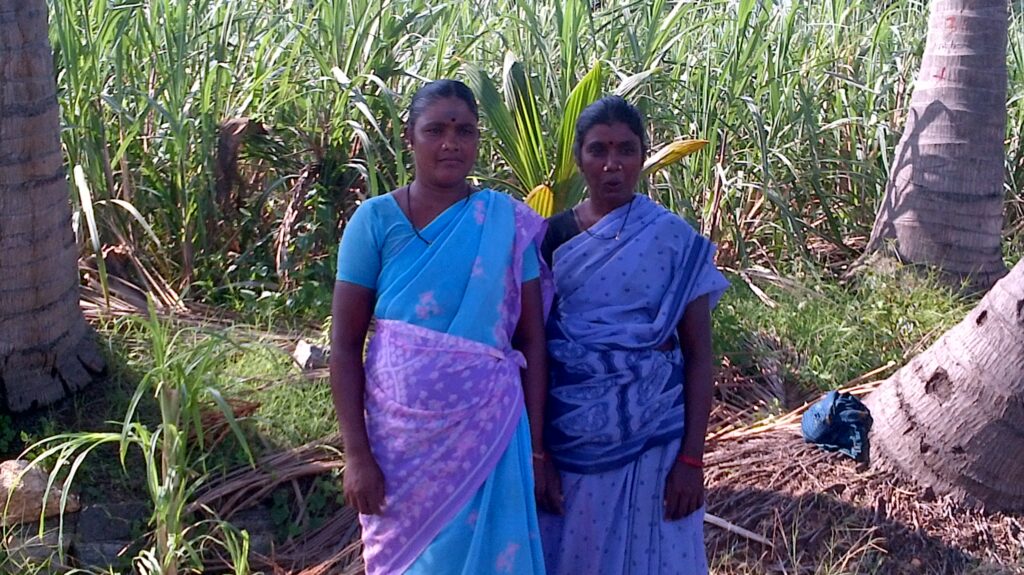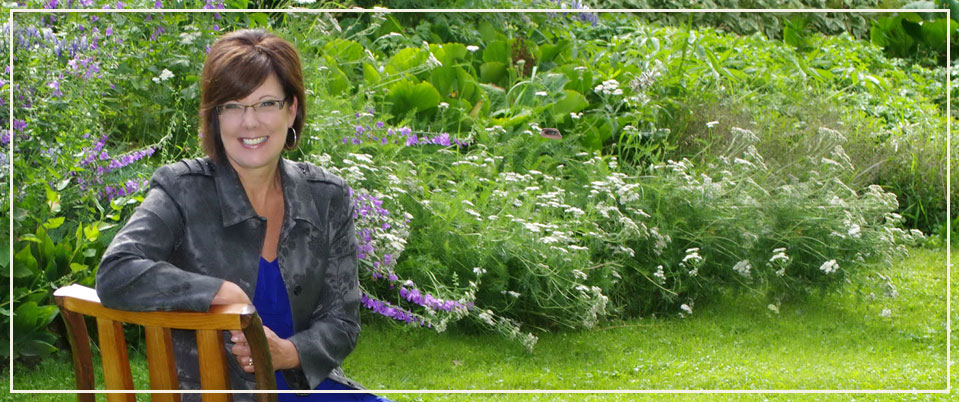Prosperity is only possible in a balanced ecology.
A woman was struggling after the death of her husband in India. She had three acres of land that was heavily indebted from the previous year’s seed and chemical use. Her late husband had grown wheat.
She decided that to diversify meant to split the field in two and to grow half wheat and half cotton, both of which were heavily dependent in that area on water and external inputs like fertilizer and chemical.
I wonder who it was that sold her on that plan when in her region those three acres would grow enough fruit, vegetable, grain, chicken, herbs and root crops to feed several families.
From an ecological and an economic perspective, rather than invest in chemical for a cash crop; a dung or trash based dehydrator would ensure nutritious and storable food all year and there would likely be extra to sell. Using the right crop rotation, employing fowl as weed eaters and as fertilization units and providing natural canopy cover would cool the soil, and assist in building organic matter and capturing precious water. Extra trash from the harvest could be used for compost or to bio-digest to create gas for cooking or heating. It might be possible for her to invest in rain water capture during the wet season to ensure water for her family and her farm for much less than the cost of the chemical inputs that she felt compelled to use.
More importantly, a diverse farm would remove her from singular markets and complete cash dependency. Diversity would provide for her a source of food and also enough income to pay off the previous debt. Over time as the soil builds and the water stays where it is captured, the farm could transform from a vulnerable mono culture to a resilient ecosystem. In addition, if she set up a little stall to sell her goods, she would not be victim to prices entirely outside of her control.

This farmer remained worried with her choices for she did not have the equipment to harvest the crop nor was the site big enough to support equipment. Therefore she was faced with the task of harvesting cotton and wheat by hand and thrashing the wheat in this manner also. This is demanding work.
However, if she grew a variety of smaller vegetable and grain crops that were harvested at different times in the year and she continued to replant, her growing season and level of nutrition would increase in availability and quality. By using the harvest trash to keep the soil cool it would then be possible to manage this alone with her children.
In speaking to farmers in this area of India, they tell me of the land tiring over the past 90 years even though there has been successful farming here for 9,000 years. The questions are: Was the introduction of a mono-culture and contractual growing culturally appropriate and did it ensure long term profitability for the area farmers? If land was able to support families for 9,000 years then the diverse practices employed before the introduction of a monoculture should be revisited.
From the grain and cotton buyer’s perspective – many small farmers growing one crop become a very large collective field which translates into buyer opportunity. There are however, logistical costs which the farmer unknowingly pays. Transportation, quality variance and export costs for that crop are included in the basis which is a deduction and this is built into the final farmer price. A farmer who has never left the village has no way of calculating what they pay for the basis costs and the cost of variability in those collective fields is shared by all. They cannot know ahead if what they are doing will be profitable. As bin storage is not available or affordable, this leaves the crop in sacks and the price in the hands of the buyer. Holding grain over for higher prices does not work when vermin can access the harvest.
I have been on these farms. The average annual income is $1350.00. I have heard often of the lack of information and technology to support the precision application of extensive monoculture inputs. Little is fully understood. Production outcomes do vary and that often makes or breaks these tiny farms.
Industry and government both have responsibility to ask farmers first, consulting all stakeholders and bringing those who live in the community to the table to see what it is they need in terms of food before they sell them on monoculture cash crops.
The conversation about what is culturally appropriate and works best for the producer is the key in addressing farmer prosperity and food insecurity. Adding value on farm needs to start again because it makes food storable and increases farmer income. The reality is that monocultures have impoverished many of the vulnerable because it was not matched with consistent information, storage, marketing strategies, access to capital and transportation infrastructure. Lost in the process of advancement was respect for the knowledge of the ecological and intellectual heritage of the farmers.

How we lead in agriculture has a direct effect on someone’s life and ultimately our own. How we lead affects our earth and space, our shared air and water, regardless of our culture. All farmers must first feed themselves and their soil if we are to continue to eat – for without them and without diversity and a robust ecology we are left with dust.
There is a huge difference between survival and prosperity. Prosperity is only possible for this woman through a balanced ecology that feeds her first and is matched with a little technology to store food through the seasons and strengthen her ability to sell product several times during the year. Only then will the debt be paid.

